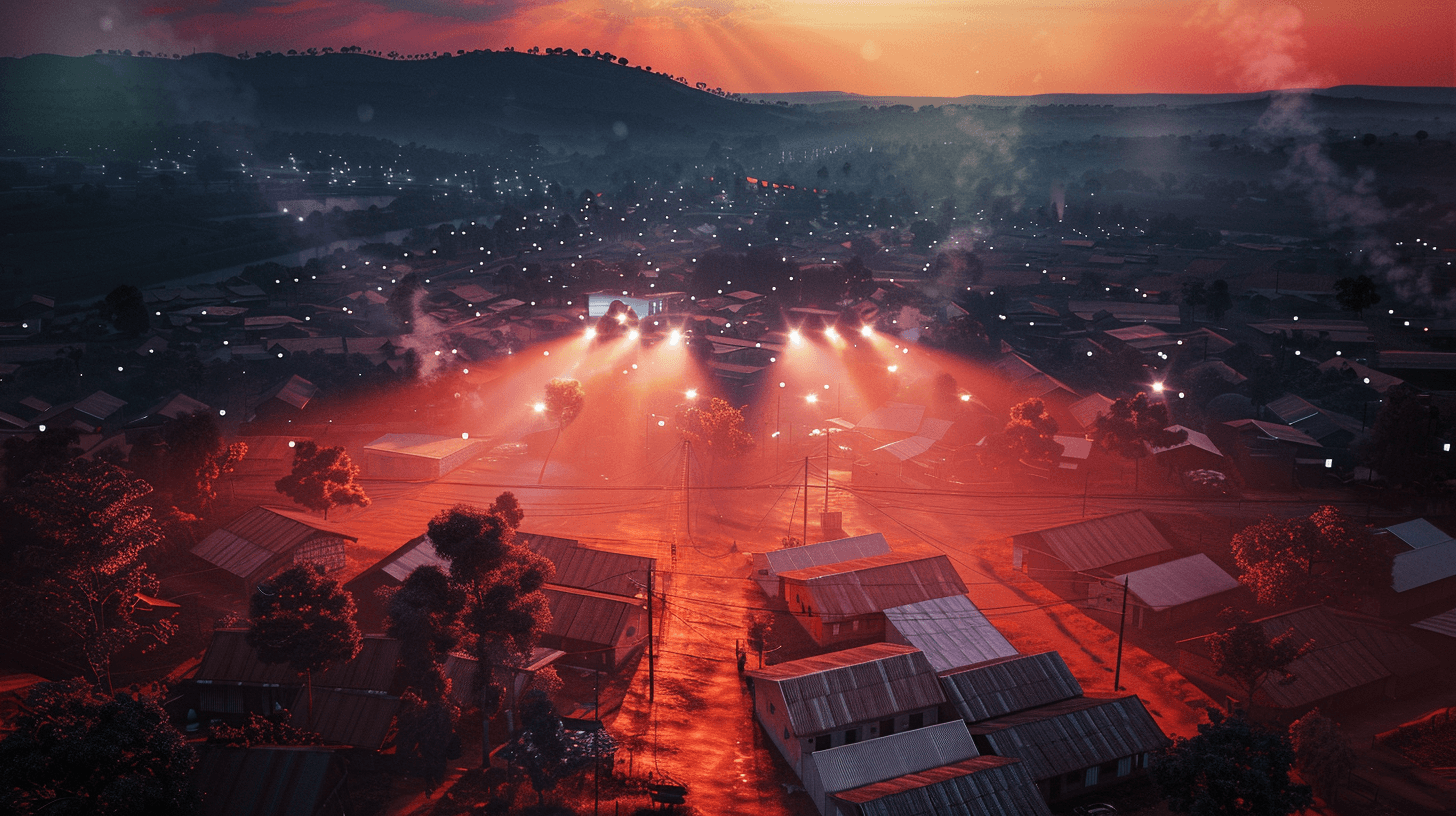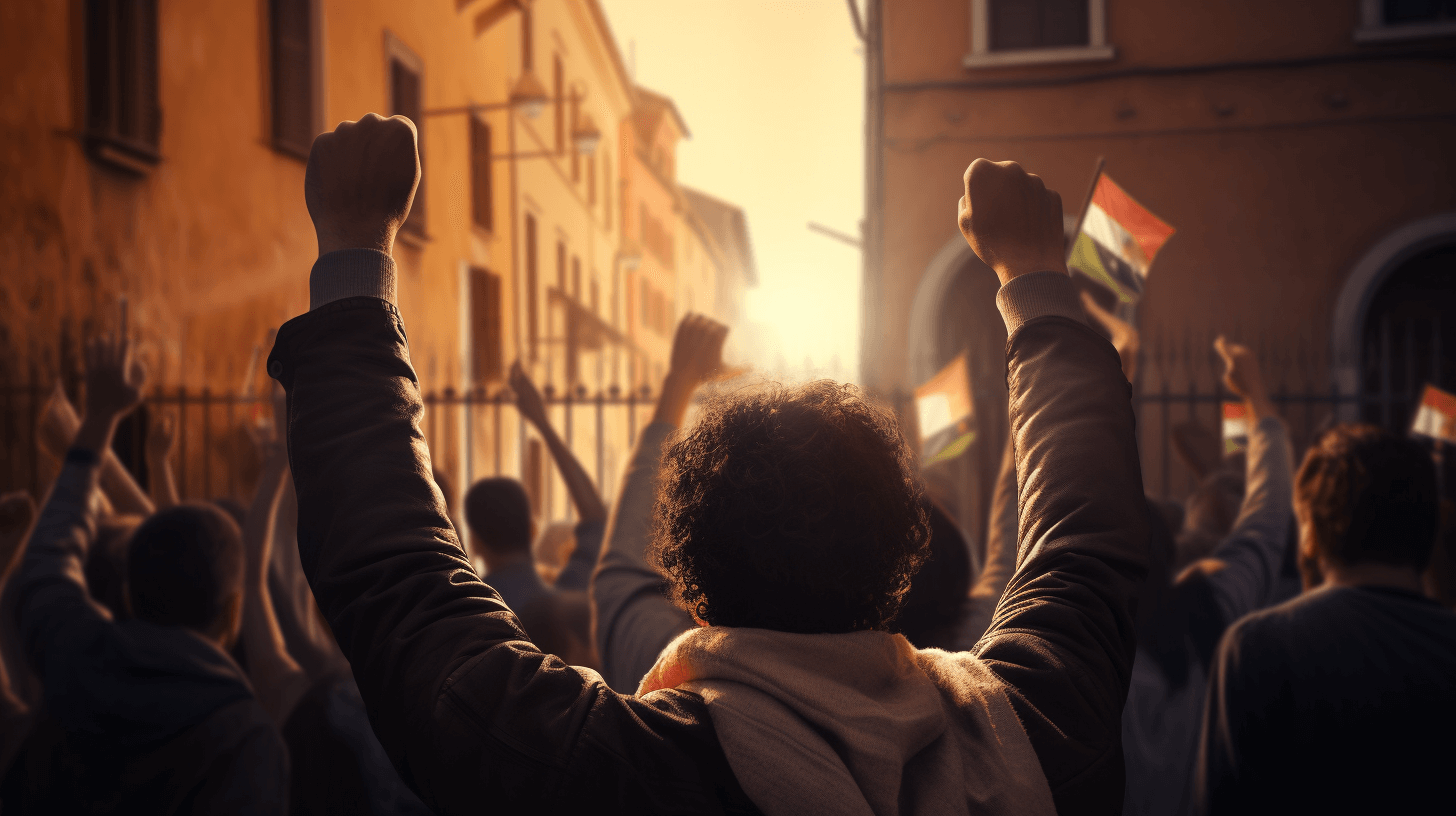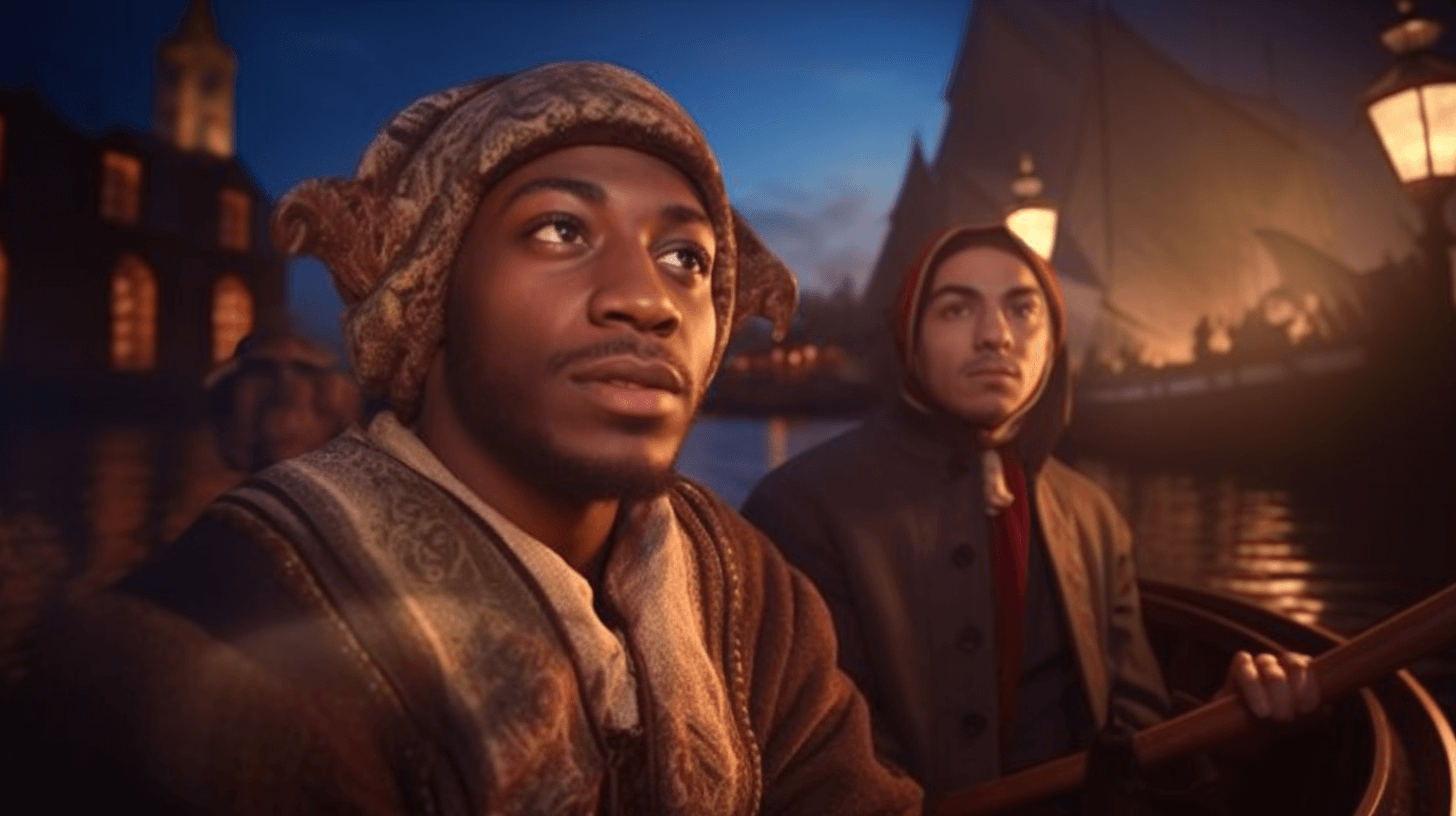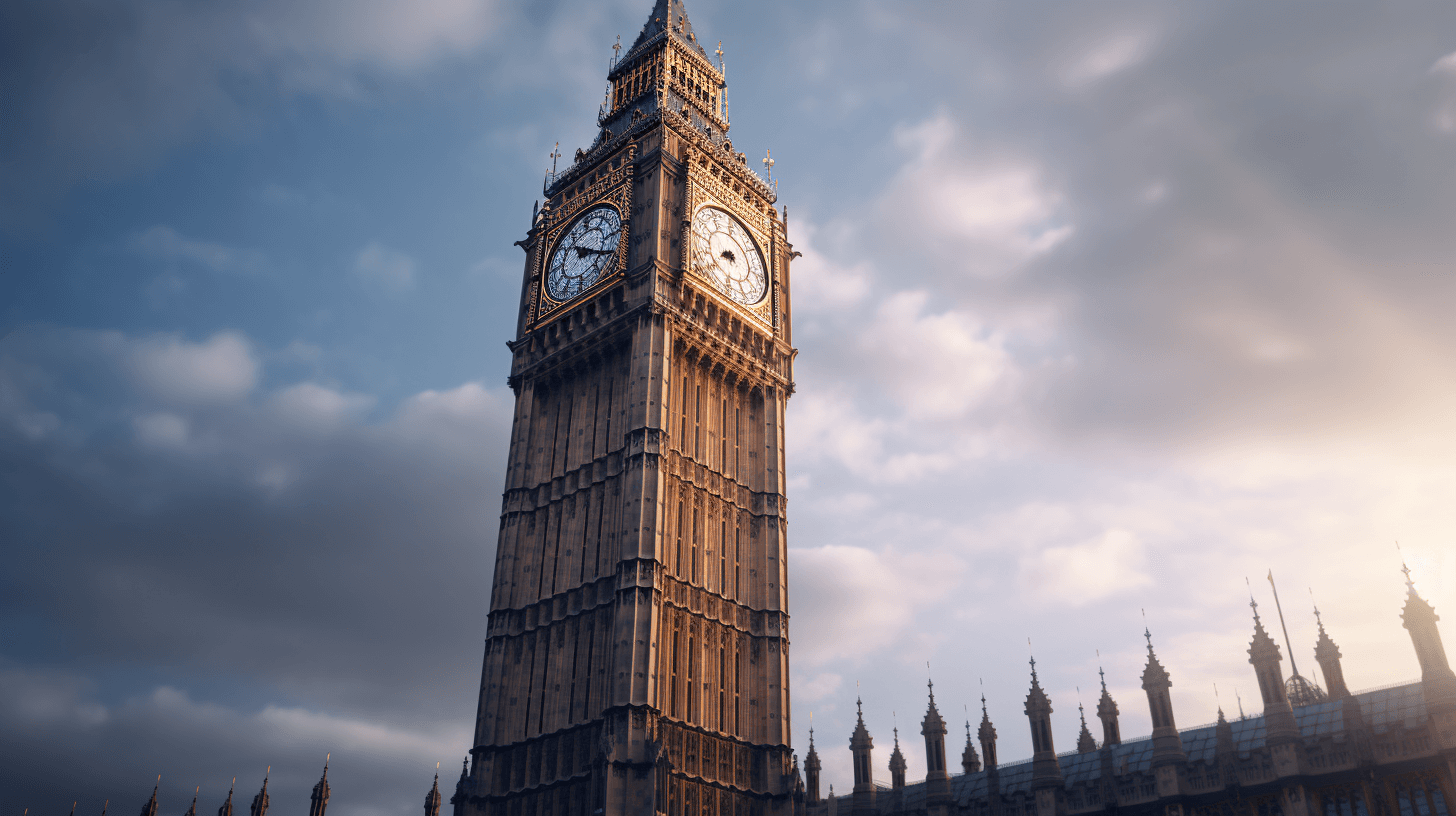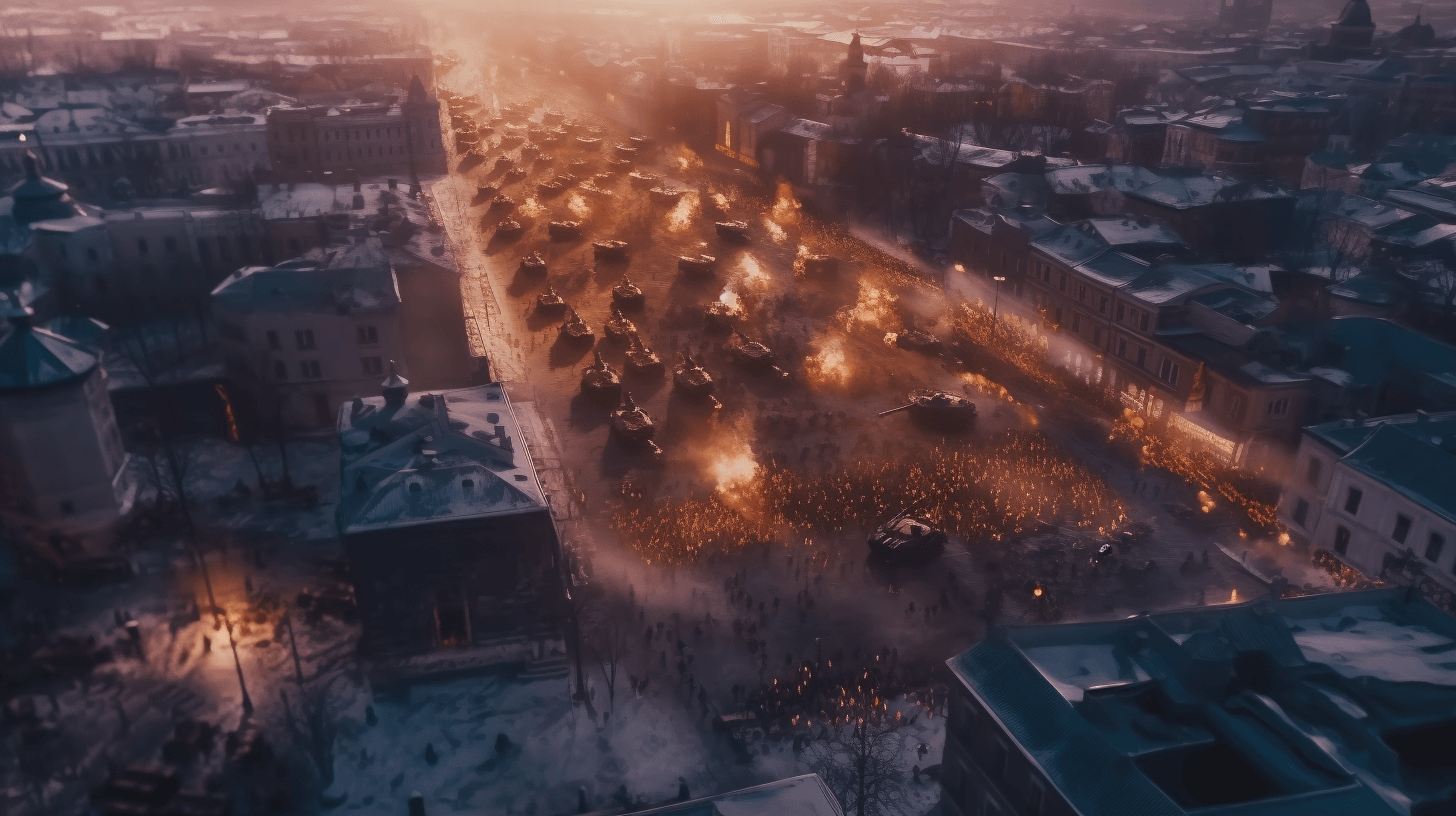Da Big Switch-Up: How Zimbabwe Wen Change Up All Kine Place Names 🗺️✏️
⬇️ Pidgin | ⬇️ ⬇️ English
Back in da day, like way back before 1980, Zimbabwe was known by oddah names, yeah? Was called Southern Rhodesia, den just Rhodesia, and for one lil’ while, Zimbabwe Rhodesia. But when dey wen get their independence from Britain in April 1980, dey decided, “Eh, we going be called Zimbabwe now!” And from dat time, dey wen start for change up all da names of cities, towns, streets, and oddah places for wipe away da marks of British and Rhodesian rule.
Da Big Renaming Party of 1982 🎉
In 1982, couple years afta dey wen get their independence, da Zimbabwean government wen go all out for rename cities, towns, and streets. Dey wen take da capital city, Salisbury, and said, “Nah, your name is Harare now.” Plenty oddah places just got their spelling tweaked small kine to sound more Shona or Kalanga, cuz da original spellings was all in Sindebele, thanks to da white rulers back den.
But no get it twisted; some places wit a lot of Ndebele peeps, like Bulawayo, da country’s second-biggest city, neva get their names changed. And some smaller towns still keep their old-school names, like Beitbridge and West Nicholson.
Streetwise, was like one total makeover. All those British-style names, especially ones named afta colonial big shots, got swapped out for da names of black nationalist leaders. You know, da heroes like Robert Mugabe, Joshua Nkomo, and Jason Moyo.
Da Name Game: From Rhodesia to Zimbabwe 📜
Way back, dis land had all kine names depending on who you ask. First off, da British South Africa Company, run by one dude named Cecil Rhodes, wen call da place Zambesia or Charterland. But da settlers was like, “Nah, we going call it Rhodesia,” afta Rhodes himself. And dat name, Rhodesia, kinda stuck around for a while.
By 1898, da British wen officially call da place Southern Rhodesia, and dat was da name till dey wen score their own government in 1923. Da name “Zimbabwe” actually comes from one ancient city in da southeast and means “Great Zimbabwe” in Shona. Dis name really caught on around 1960, when da black nationalist movement wen start for use it.
Fast forward to 1980, and boom! Da country officially became Zimbabwe. And two years afta dat, dey wen start for change all da place names for shake off da colonial and white minority rule vibes. Harare, da capital, used to be named afta one British Prime Minister, but dey wen change dat to honor da Shona chief Neharawa.
Even da street names wen get one fresh start. No more Cecil Rhodes Avenue; now we talking Robert Mugabe Way and oddah names celebrating Zimbabwean and African leaders and heroes.
So, das da story of how Zimbabwe wen take back their names, making sure da places reflect their culture, history, and heroes, instead of da colonial past. It’s all about reclaiming identity and honoring da people who fought for da nation’s freedom. 🌍✊
NOW IN ENGLISH
Zimbabwe’s Name Game: A History of Reclaiming Identity 🗺️✏️
Once upon a time, before 1980, Zimbabwe went by different names, including Southern Rhodesia, Rhodesia, and briefly, Zimbabwe Rhodesia. But with independence from Britain in April 1980, the nation embraced “Zimbabwe” as its new name, kicking off a comprehensive campaign to rename cities, towns, streets, and other places to erase the remnants of British and Rhodesian influence.
The Renaming Revolution of 1982 🎉
Two years post-independence, the Zimbabwean government embarked on an ambitious project to rename cities, towns, and streets. Salisbury, the capital city, was renamed Harare. Other place names were slightly adjusted to better reflect Shona or Kalanga pronunciation, moving away from the Sindebele orthography favored during colonial rule.
However, not all places were renamed; areas with a Ndebele majority, like Bulawayo, Zimbabwe’s second city, retained their names. Similarly, some smaller towns continued to be known by their colonial-era names, such as Beitbridge and West Nicholson.
The streets underwent a major transformation. Names commemorating British colonial figures were replaced with those of black nationalist leaders, such as Robert Mugabe, Joshua Nkomo, and Jason Moyo, celebrating the heroes of Zimbabwe’s struggle for independence.
From Rhodesia to Zimbabwe: The Evolution of a Name 📜
The territory’s name has evolved significantly over time. Initially, the British South Africa Company, led by Cecil Rhodes, called the land Zambesia or Charterland. However, the settlers preferred “Rhodesia,” in honor of Rhodes. This name was widely accepted by 1891.
By 1898, Britain officially referred to the region as Southern Rhodesia. It wasn’t until 1923 that Southern Rhodesia gained self-government, while Northern Rhodesia became a British colony.
The name “Zimbabwe,” derived from the ancient city of Great Zimbabwe, emerged in the 1960s as a symbol of national identity, championed by the black nationalist movement.
In 1980, the country was officially named Zimbabwe, and by 1982, the government initiated a significant renaming effort to shed symbols of colonialism and white minority rule. The capital’s name change from Salisbury to Harare is a prime example, honoring the Shona chief Neharawa.
Street names were also updated to reflect the nation’s new identity, with avenues named after colonial figures giving way to those honoring Zimbabwean and African leaders and liberation heroes.
Thus, Zimbabwe’s journey of renaming places is a powerful testament to reclaiming its identity and honoring the legacy of those who fought for the nation’s freedom, moving beyond its colonial past. 🌍✊

